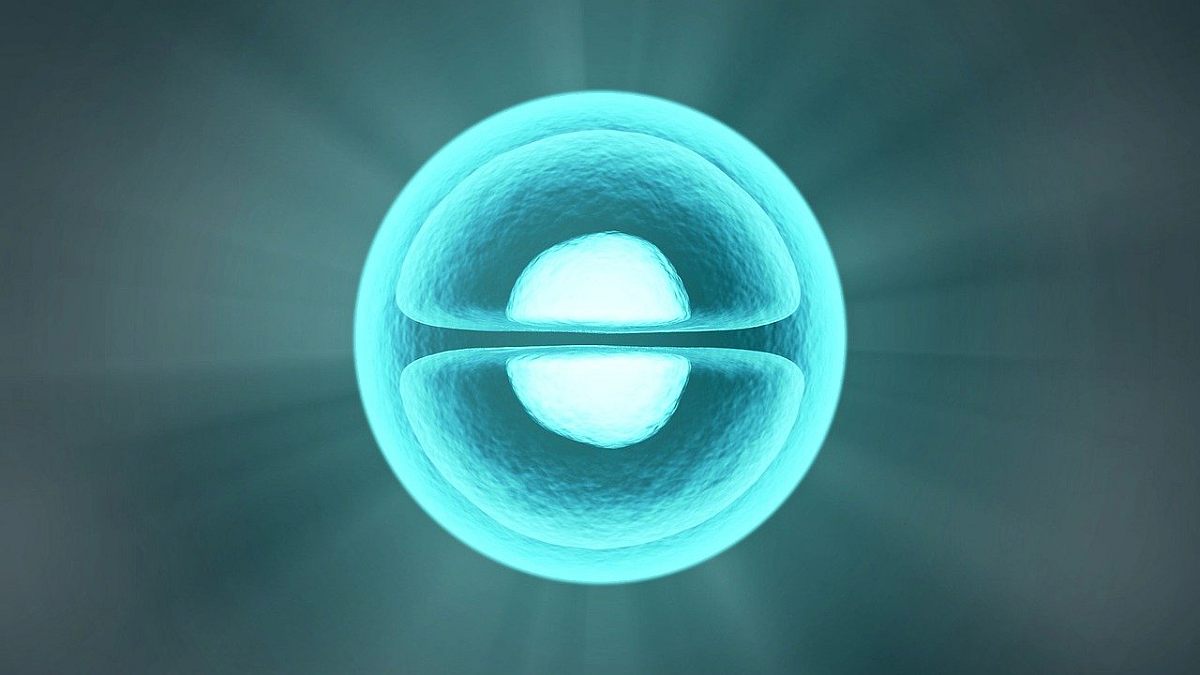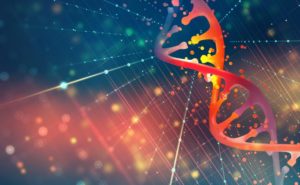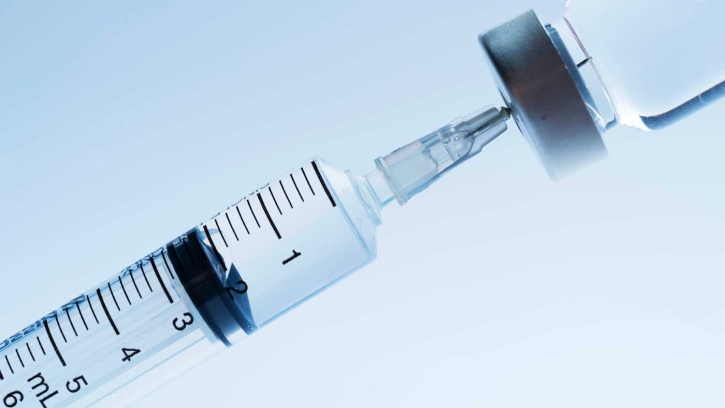Cell biology is much more complex than how it seems! There are different variables in cell biology that researchers must know and account for to obtain good results. It’s crucial to conduct cell biology-based experiments on an isolated population of cells, rather than a heterogeneous mixture.

The availability of smart PXP solutions in the market today has transformed the stem cell isolation approach in modern laboratories. This helps cell biologists to attribute the effects and responses that they observe to a specific cell type. Thus, it’s crucial to master the basic techniques of cell isolation for being a skilled cell biologist. Here’s everything you need to know about different effective cell separation techniques:
-
Magnetic Cell Isolation
Magnetic cell separation, also referred to as immunomagnetic cell separation, involves targeting specific cells first. Next, it has to be decided whether to select or deplete the cells using antibodies or ligands against the specific cell surface antigens. And finally, the labelled cells are cross-linked with magnetic particles, which are also known as magnetic beads. These beads can be further immobilized after the application of the electromagnetic field.
-
Automated Cell Isolation
Automated cell isolation is all about using smart technologies to sediment specific cells with minimal residual contamination. PXP system is one such innovative method to isolate stem cells uniquely with minimum red blood cell contamination and the final bone marrow concentrate that is formed has high hematopoietic stem cell and progenitor cell populations.
-
Sedimentation
This cell separation technique works based on gravity which results in faster sedimentation of the largest and densest components in a sample through an initial low-force centrifugation technique. Sedimentation involves successive centrifugations through which components with an increasingly lower rate of sedimentation can be isolated finely. One classic example of cell separation that happens through sedimentation is the isolation of leukocytes from erythrocytes with the help of dextran sedimentation.
-
Microfluidic Cell Separation
This cell separation method is designed in such a way that it can help manipulate fluids on a microscopic level to facilitate the isolation of single cells. Microfluidic cell separation technology works based on microchips and it is commonly known as a lab-on-a-chip device. This kind of device has different advantages, one of the significant ones is the use of smaller volumes of samples and reagents are required to be used. Microfluidic cell separation techniques can be divided into active and passive systems. The former involves external forces, whereas the latter process uses the cell’s density and mass along with gravity. There are different kinds of microfluidic methods used for cell separation which are gravity and sedimentation, field flow fractionation, cell affinity chromatography, biomimetic microfluidics, electrophoretic sorting, acoustophoresis, aqueous two-phase systems, field flow fractionation, and microfiltration.
-
Complement Depletion
This method works leveraging the proteolytic cascade that the complement system of the immune system initiates. The complement system is made of plasma proteins that get activated by pathogens or antibodies. After the activation of the complement system, the plasma protein forms a membrane attack complex on the cells, resulting in the lysis of cells. It is possible to target any cell population and lyse them with specific monoclonal antibodies through the complement cascade.
The Bottom Line
Cell separation is one of the primary steps of most of the scientific experiments and procedures that are carried out commonly. The cell separation techniques that are discussed above have generated great results for researchers for years. PXP system has revolutionized the concept of stem cell isolation and separation in recent times while providing the benefit of maximum yield with the most minimal contamination.



Leave a Reply